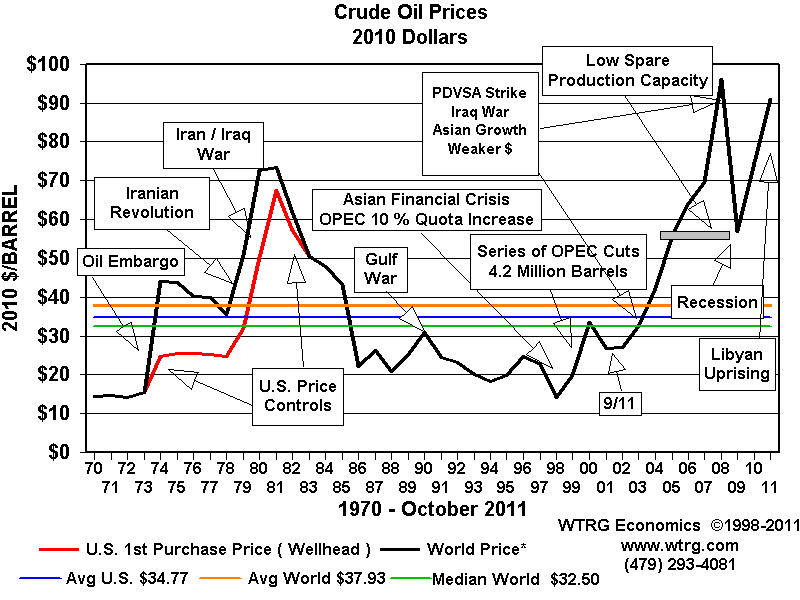

Regulatory definitions of oil, crude oil, condensate, gas, natural gas, casing-head gas, etc., are not related to these engineering definitions and, in fact, often contradict them. They should not be confused with reservoir fluid descriptions defined by legal agencies that regulate the petroleum industry. These fluid types are defined for engineering purposes. The paper also summarizes schematically the trends of producing GOR and stock-tank liquid gravity. It also shows the expected results of laboratory analysis of the fluids. If any of these three properties fails to meet the criteria described, the test fails and a representative sample more » of the reservoir fluid must be examined in a laboratory to establish fluid type. This paper summarizes the guidelines for determining fluid type from field data. The fluid type must be determined very early in the life of a reservoir (often before sampling or initial production) because fluid type is the critical factor in many of the decisions that must be made about producing the fluid from the reservoir. The five reservoir fluids (black oils, volatile oils, retrograde gas-condensates, wet gases, and dry gases) are defined because production of each fluid requires different engineering techniques. This paper also shows the expected laboratory analysis results of the five = , Darker colors are associated with the largest, heaviest molecules in the petroleum mixture. Stock-tank liquid gravity and color are both indicators of the quantity of heavy components present in the initial reservoir fluid. Initial producing GOR is by far the most important of the indicators and should be considered first, with the other two indicators used to confirm fluid type.

Three properties are readily available: the initial producing gas-oil ratio (GOR), the gravity of the stock-tank liquid and the color of the stock-tank liquid. This paper gives the guidelines for determining fluid type from field data. This concluding article discusses guidelines for using field data to determine the fluid type, the laboratory evidence that verifies fluid type and the production behavior of the five fluids. The previous four articles in this series revealed the differences and similarities among the five reservoir fluids in detail.


 0 kommentar(er)
0 kommentar(er)
